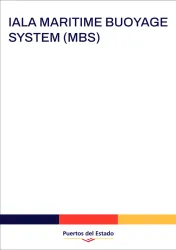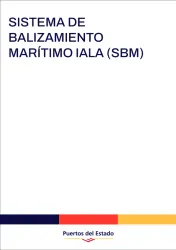Ayudas a la navegación
Las competencias del servicio de señalización marítima en España están atribuidas a Puertos del Estado, cuyas funciones son la planificación, regulación, inspección y control de la explotación de los servicios de señalización marítima y la prestación de servicios no atribuidos a las Autoridades Portuarias. Puertos del Estado elabora, principalmente, normas y recomendaciones sobre Ayudas a la Navegación, promueve la formación en esta materia y desarrolla proyectos de I+D+i.
Puertos del Estado actúa como representante de la Administración del Estado en materia de señalización portuaria y marítima en algunos organismos y comités internacionales, siendo miembro del Consejo de la IALA desde 1994, además de pertenecer a diversos Comités Técnicos.


